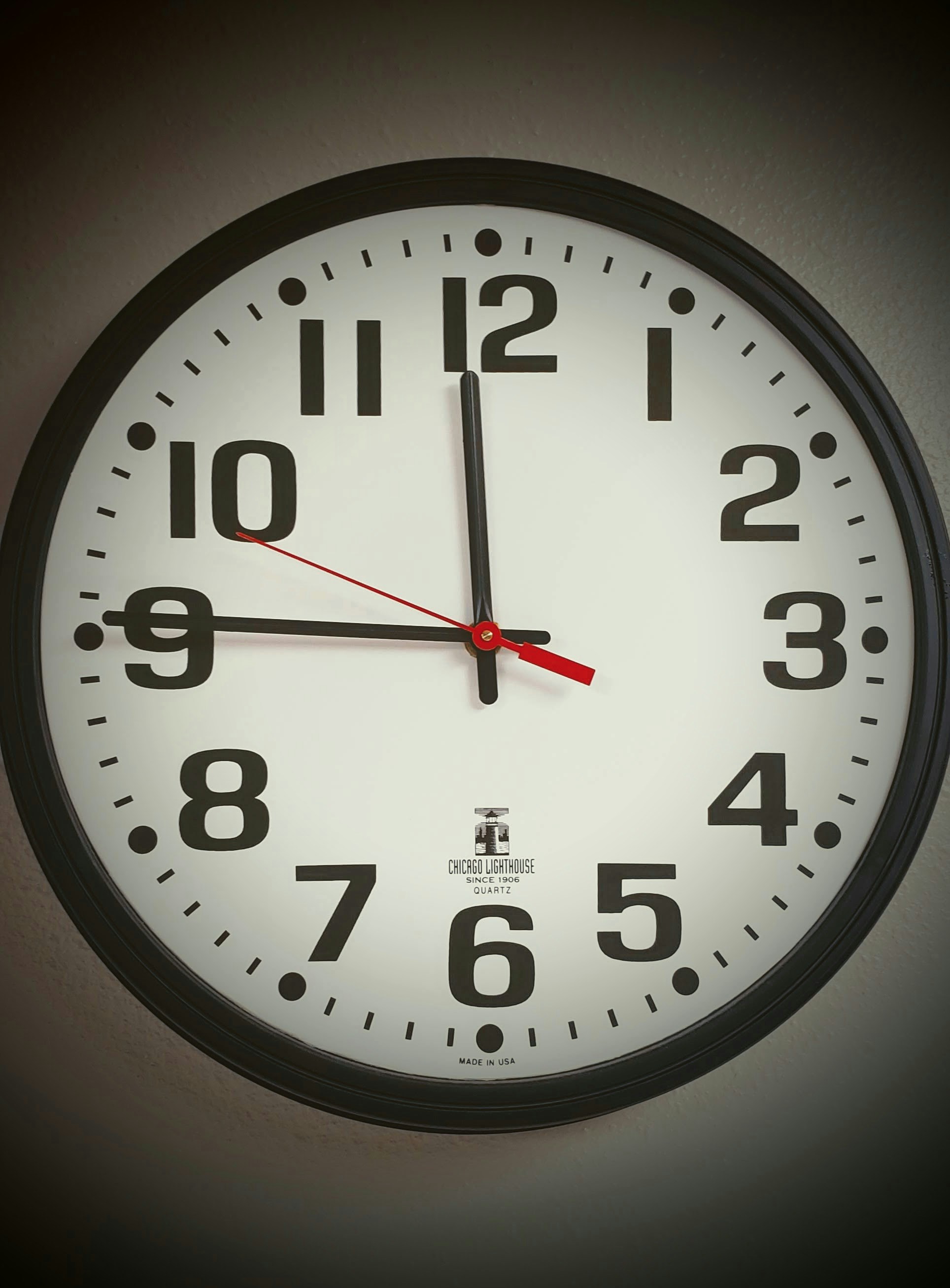

Fearful of enemy bombing, the high-grade watchmaking facility relocated to Cheltenham in “stealth” factories (single story with grass roofs) and against the odds, in straitened conditions managed to produce, from scratch, pocket watches, and by the end of WWII, wrist watches. This finance came in the form of MoD contracts, which were ongoing from the start of WWII.


Borne of the government’s desire for wartime self-sufficiency regarding watches, clocks and timing mechanisms, funding was given to S Smith & Sons, watch and clock makers since 1851, who had since diversified into motor, aviation and marine instruments. Once, another Smith gave the Swiss a run for their money, and the rolling Cotswold hills took on the might of the Jura Mountains.


 0 kommentar(er)
0 kommentar(er)
